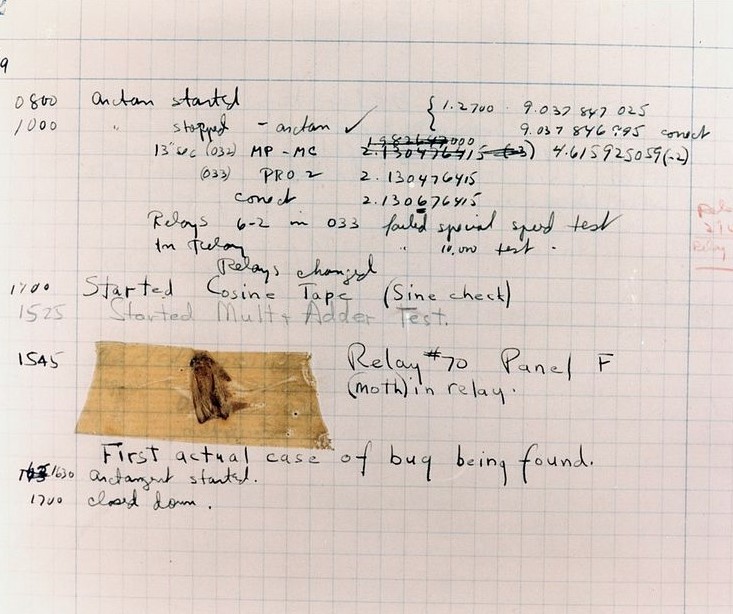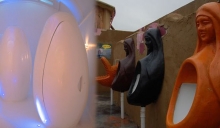
Have you ever wondered why computer errors are called "bugs"?
The origin of this term can be traced back to a fascinating incident in the early days of computing.

The term "bug" is commonly used in the world of computers to refer to an error or flaw in a software system.
In 1947, a team of engineers was working on the Harvard Mark II computer, one of the earliest electronic computers.
They encountered a problem when the computer kept malfunctioning and producing incorrect results.
After a thorough investigation, they discovered the cause of the issue: a bug, or a moth, to be precise was trapped between the machine's relays.

The engineers removed the moth, taped it to their logbook, and noted the incident as the "first actual case of bug being found."
This incident led to the coining of the term "bug" to describe any unexpected or undesired behavior in a computer system.
As computer technology has advanced, the term "bug" has become an integral part of the computer programming lexicon.
It is now commonly used to encompass a wide range of issues, ranging from minor glitches and errors to more severe and critical system failures.

The term "bug" has become so ingrained in the industry that it has spawned related phrases like "debugging" (the process of finding and fixing bugs) and "bug report" (a document detailing the discovered issue).
It has also given rise to the concept of bug-tracking systems, which help developers keep track of reported bugs and their resolution.
Today, computer bugs are not limited to literal insects. They can manifest in various forms, such as coding mistakes, logical errors, or compatibility issues.

Software developers and engineers dedicate significant time and effort to identifying and fixing these bugs to ensure the smooth operation of computer systems.
The logbook containing the preserved moth was rediscovered in 1988 at the Naval Surface Warfare Center Computer Museum in Virginia.
Surprisingly, the moth was still affixed to the page, showcasing its historical significance despite gathering a bit of dust over the years.




